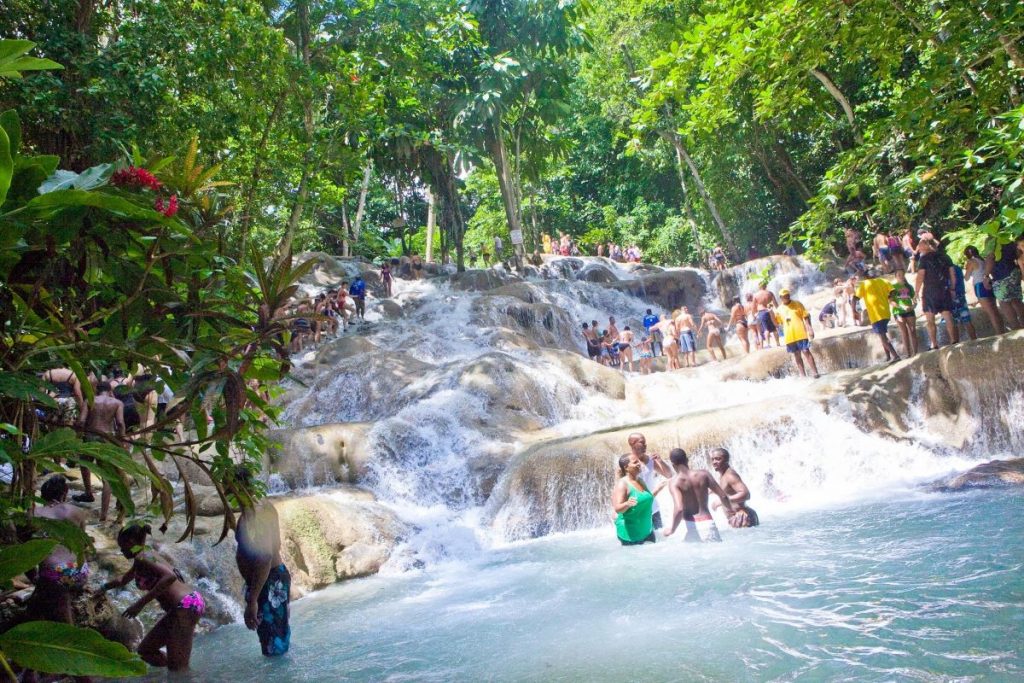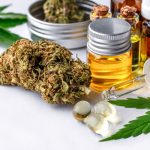Jamaica is stepping up efforts to get a share of the US$4.3-trillion global health and wellness tourism market by promoting the country as the number one health destination in the region.
“In global tourism, health and wellness have developed significantly, to the extent that we now speak of health and wellness tourism as a subsector of its own… and it is easy to see why. The demand for health and wellness tourism has been growing at an average rate of over nine per cent and the market value is now worth over US$4 trillion. That’s why we are now seeing specialised resorts springing up all over, especially in Europe, to capitalise on that growing market,” Tourism Minister Edmund Bartlett said while delivering his keynote address at the Jamaica Health and Wellness Tourism Conference’s third staging.

“With its warm tropical climate, beautiful beaches washed by the cool, relaxing waters of the Caribbean Sea and alluring landscapes, complemented by our natural outdoor spas and those created indoors, Jamaica possesses what it takes to capture a fair slice of that US$4-trillion pie,” the minister continued.
Supporting Bartlett’s position was chairman of the Health and Wellness Network, Kyle Mais, who pointed out that the idea of positioning Brand Jamaica as a health and wellness tourism destination will see the local industry reaping great benefits.
“It will give us the opportunity to reimagine what we produce, how we produce, the markets we serve, and how we respond in the future to different things that may disrupt our industry in the future,” said Mais who is also general manager of Jamaica Inn.
“It’s no secret that COVID has effectively wreaked havoc on the industry but I’m increasingly optimistic about our future —and it’s safe to say that we are on the road to eating our fair share of that pie. In fact, I feel that there is no better time for health and wellness tourism to further increase our thrust, innovation and development of products and services and take our rightful place in the global space,” he added.
The hope is that the niche market will be among those that help the country recover from last year’s massive $46.3-billion earnings loss after the novel coronavirus pandemic forced the local tourism sector to shut down. Bartlett said his ministry has recognised the need to pivot in an effort to meet the needs of the new traveller and their 2025 targets as outlined under the Blue Ocean Strategy first unveiled in 2017. It rests on growth targets of five million visitors, five billion US dollars in earnings and five thousand new rooms by 2025.

“Our Blue Ocean Strategy calls for a resetting of our tourism to identify and establish innovative policies, systems, protocols, and standards that assure our visitors a safer, secure, and seamless experience while building out a new national tourism model based on a diversified portfolio of unique and authentic attractions and activities which draw heavily on Jamaica’s natural and cultural assets,” the minister explained.
With Jamaica possessing a wide array of natural and cultural resources, Bartlett believes that this proposed model will see more international visitors flocking the island as they search for places to recuperate and relax their minds.
“We are certainly not short of natural and cultural assets. This island could well be classified as the Caribbean’s Garden of Eden with its wide selection of herbs and spices, fruits and vegetables, rivers and springs and enchanted sites of verdant countrysides and meandering landscapes. There are also our waterfalls, our beaches and spas that contribute to a feeling of wellness,” said Bartlett.
“Over the long term, a vital component of the Blue Ocean Strategy will be to strengthen the systems for tourism zoning and theming so that the unique characteristics of each destination area will be preserved and enhanced to support their own distinct brand appeal. And that’s a huge policy shift that we are announcing because it is a brand new way of approaching the whole development of the tourism product,” Bartlett added.
































































































































































































































































